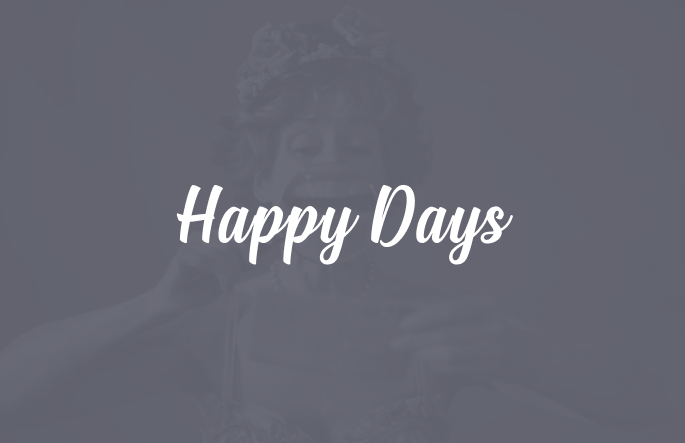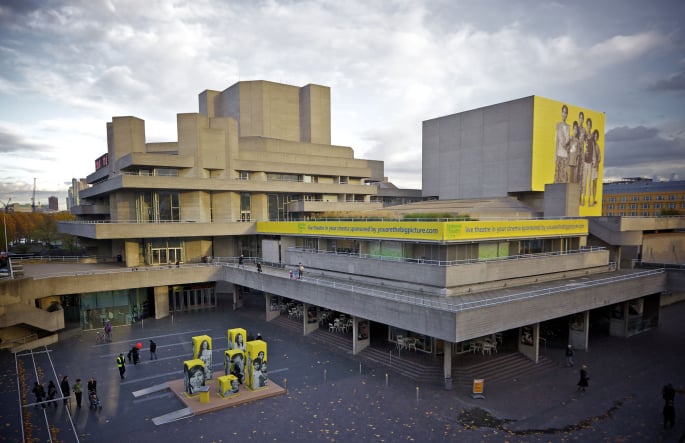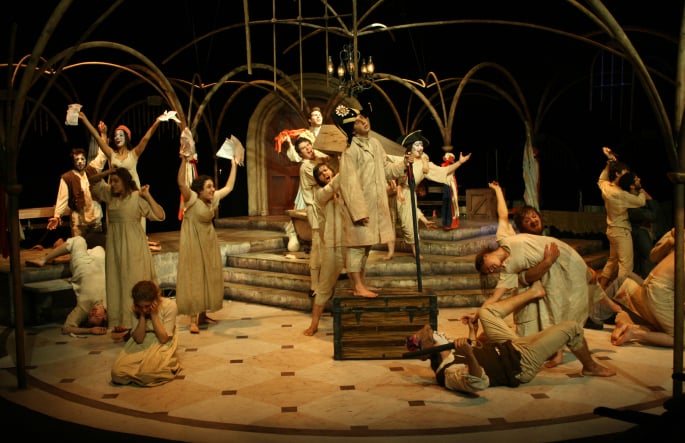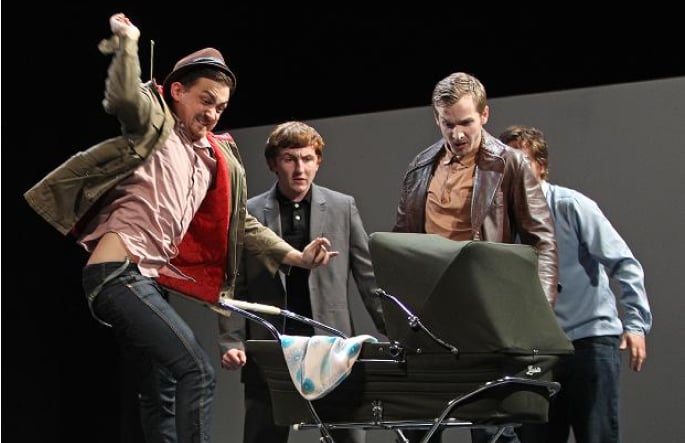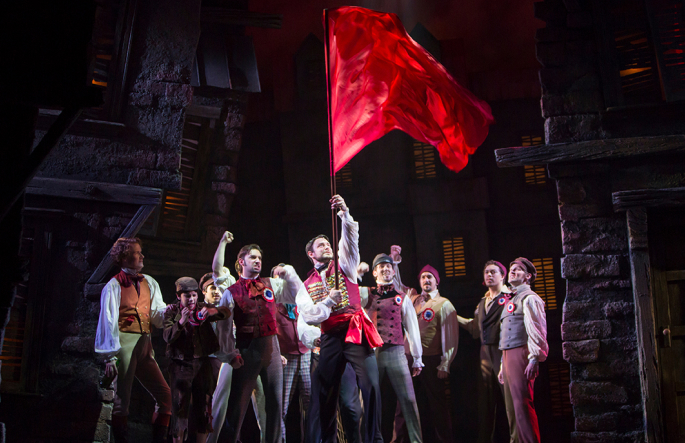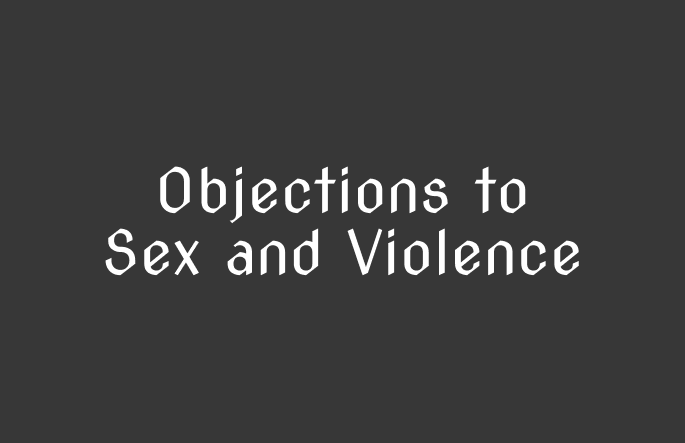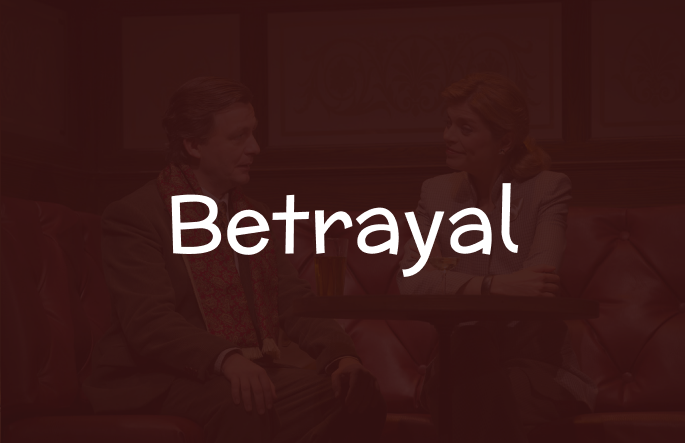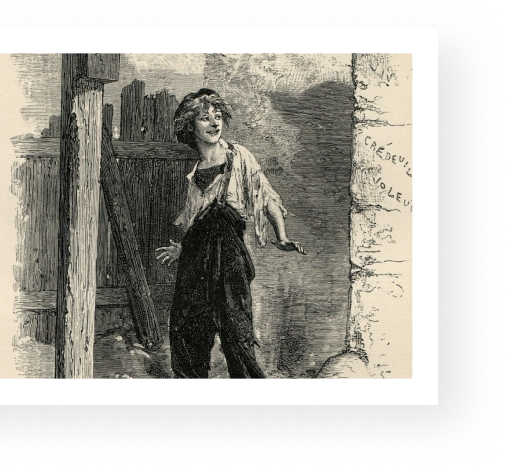Early Origins
of British
Theatre
British theatre can trace its origins to the religious performances put on by church ministers in the 10th Century. These really took off from the mid 1300s when the churches used so-called ‘mystery cycles’ and ‘miracle plays’ to bring the obscure Latin Bible teachings and stories from the lives of the saints to the masses.
This early form of theatre was often transported from town to town on pageant wagons with sites set up on streets specifically for these performances. Before the end of the medieval period, a great many towns had permanent spaces set aside for public performances.
The popularity of religious theatre came to an abrupt end with the English Reformation. King Henry VIII sought to regulate theatre by outlawing any performers who were not in possession of a royal licence or part of a noble household. The age of community-based religious theatre was over, replaced by commercial theatre based around the personal tastes of wealthy merchants and noblemen.
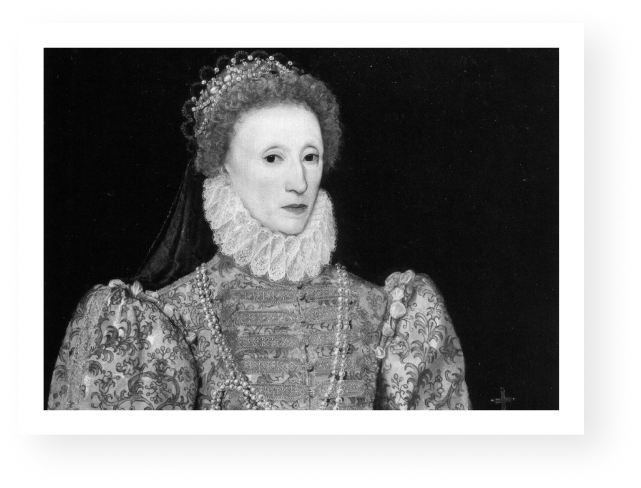
The 16th Century was a significant year for British theatre.
1559
In 1559, the same time Elizabeth I was being coronated, the Earl of Leicester was assembling a group of travelling players who came to be known as Leicester’s Men. Unlike similar groups, Leicester’s Men were taken on as official servants to the Earl’s household, freeing them to perform commercially.
One of the most globally renowned names in theatre, William Shakespeare born.
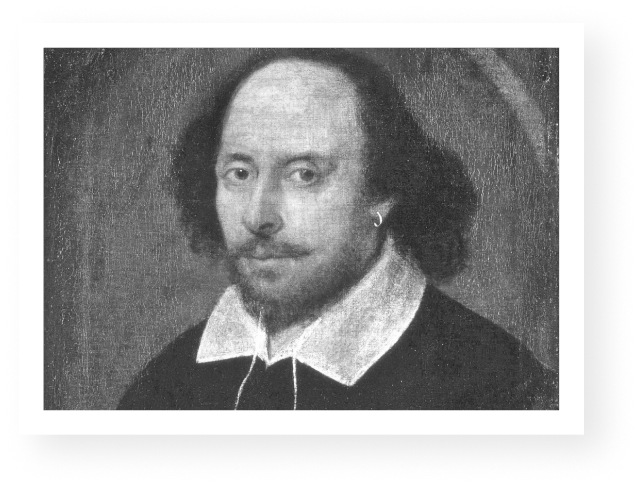
1564
Meanwhile,in 1564, a baby was born in Stratford-upon-Avon who would become one of the most globally renowned names in theatre: William Shakespeare.
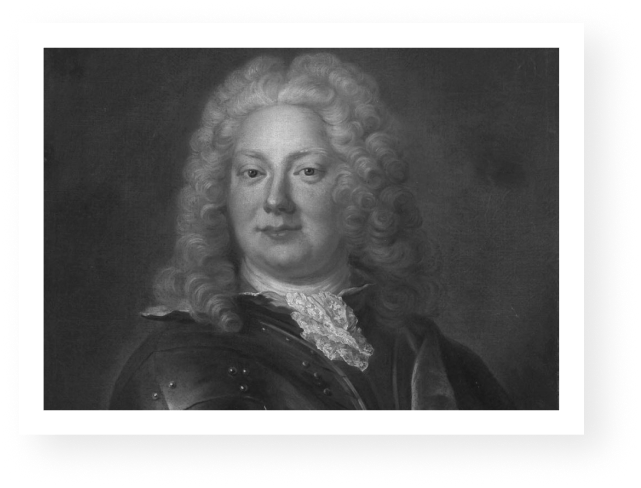
Leicester's Men received the first ever royal patent.
1574
In 1574, Leicester’s Men received the first ever royal patent. This gave them the right to perform anywhere in the country, once their performance had been approved by the Lord Chamberlain and his Master of the Revels. Leicester’s Men also had built a permanent public theatre at Finsbury Fields, Shoreditch. ‘The Theatre’ was soon followed by a second named ‘The Curtain.’
A total of 17 open air public theatres had been built.
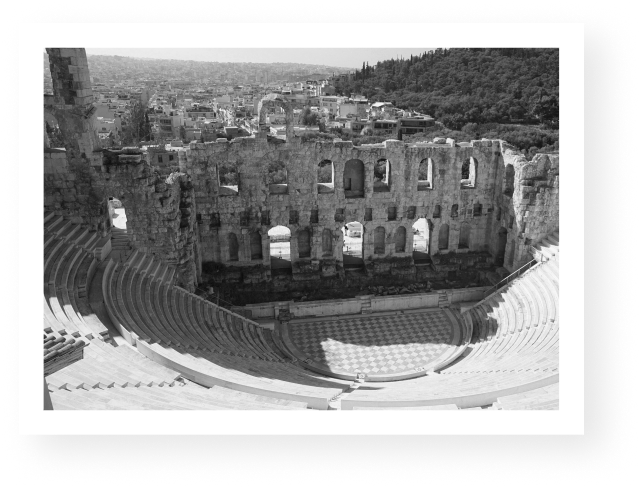
1592
By 1592, a total of 17 open air public theatres had been built. They were circular or polygonal in design with an open courtyard in the center.
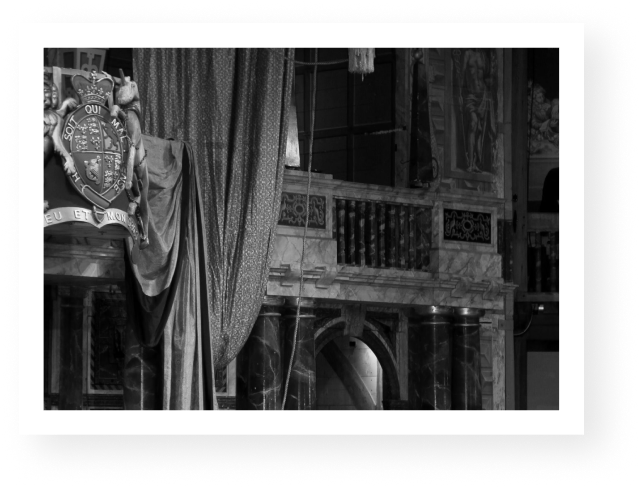
Of the various playing companies, two stood apart from the rest and shared an intense rivalry.
1599
Of the various playing companies, two stood apart from the rest and shared an intense rivalry. These were the Admiral’s Men and the Lord Chamberlain’s Men. It was for the latter troupe Shakespeare wrote most of his plays. He was a prolific playwright, churning out an average of two plays a year. The Lord Chamberlain’s Men had taken up residence in The Theatre but when the lease on the land expired in 1599, they made their escape from the corporate City, dismantling the timbers and transporting them south of the Thames. They then rebuilt the theatre and renamed it The Globe. It stood on the riverbank around 255 yards from where its reconstruction stands today.
Another strand of influence was making its mark around this time. The designer Inigo Jones and playwright Ben Jonson, influenced by what they had seen in Europe, produced a series of extravagant masques for King James I and King Charles I.
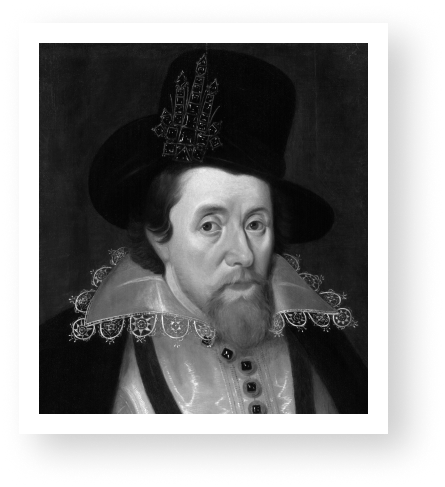
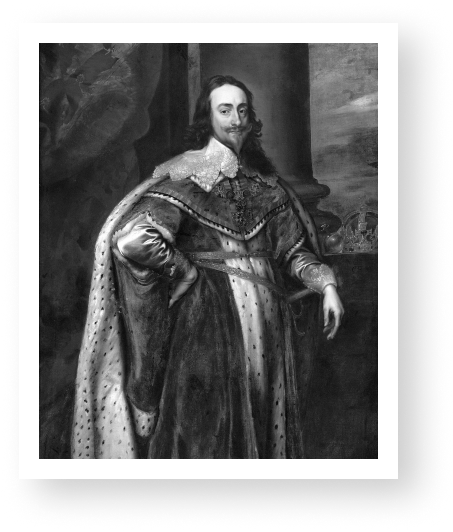
The Restoration brought theatre back with a bang and with it, two profound changes introduced by King Charles II.
1
The first was the creation of a monopoly by the granting of patents to D’Avenant and theatre manager Thomas Killigrew. These two men created the Duke’s Company and King’s Company respectively.
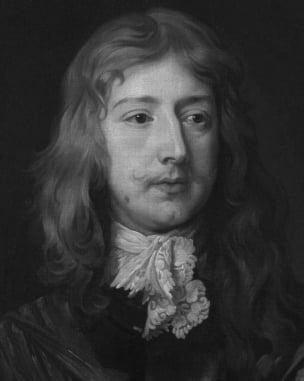
2
The second was a warrant that only female actors could play female characters. This paved the way for the recognition of female actors with Margaret Hughes one of the most famous of her time.
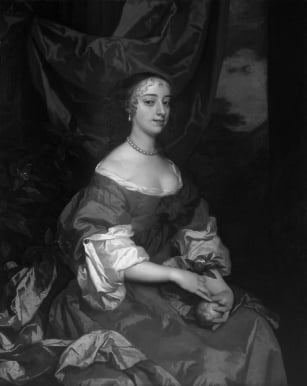
1663
The Birth of Theatreland
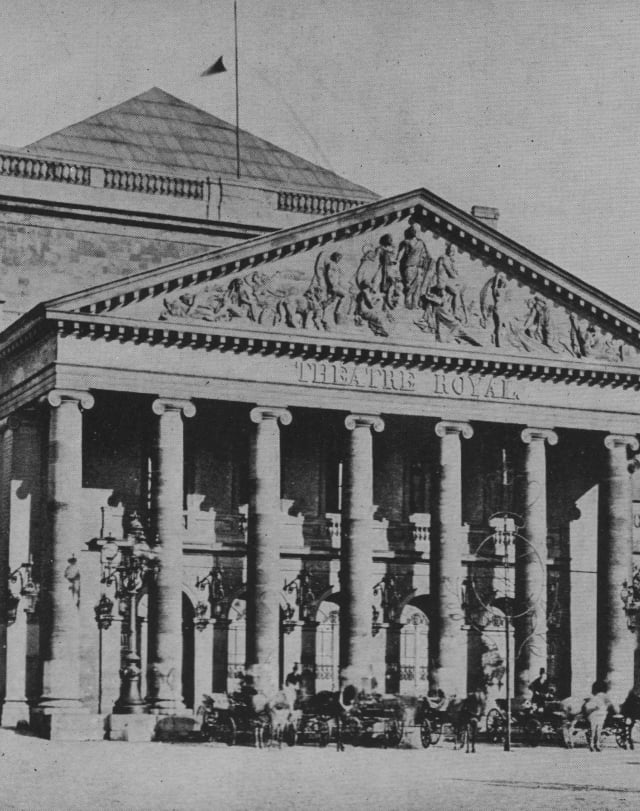
Theater Royal: Oldest theater in London
In 1663, Killigrew commissioned the construction of the Theatre Royal on Bridges Street. This was the first incarnation of the Theater Royal, Drury Lane, the oldest of the 39 theatres comprising ‘West End theatre.’ This venue is now owned by the composer Andrew Lloyd Webber. The most impressive theatre of this period though was D’Avenant’s Duke’s Theatre at Dorset Gardens. Built in 1671, this Christopher Wren designed theatre cost the equivalent of £600,000 and was situated by the side of the Thames, accessible by boat.
1633
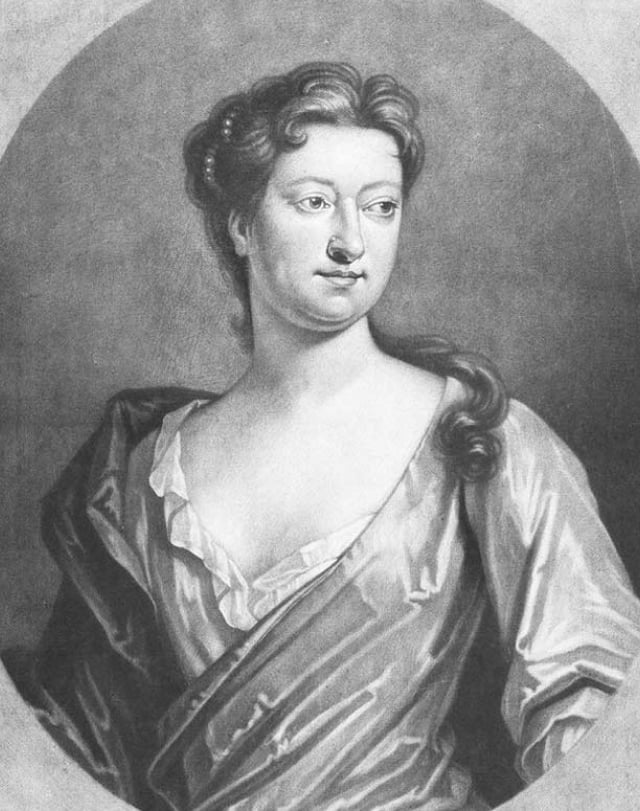
Susanna Centlive produced 19 plays
This was the time of the epic semi-opera with serious plays, including those of Shakespeare, adapted to feature plenty of song and dance. Female playwrights continued to be strongly represented with the prolific Susanna Centlive producing 19 plays, including the satirical A Bold Stroke for a Wife (1718).
As popular theatre began to expand, another West End theatre opened its doors in 1720: the Theatre Royal, Haymarket.
1718
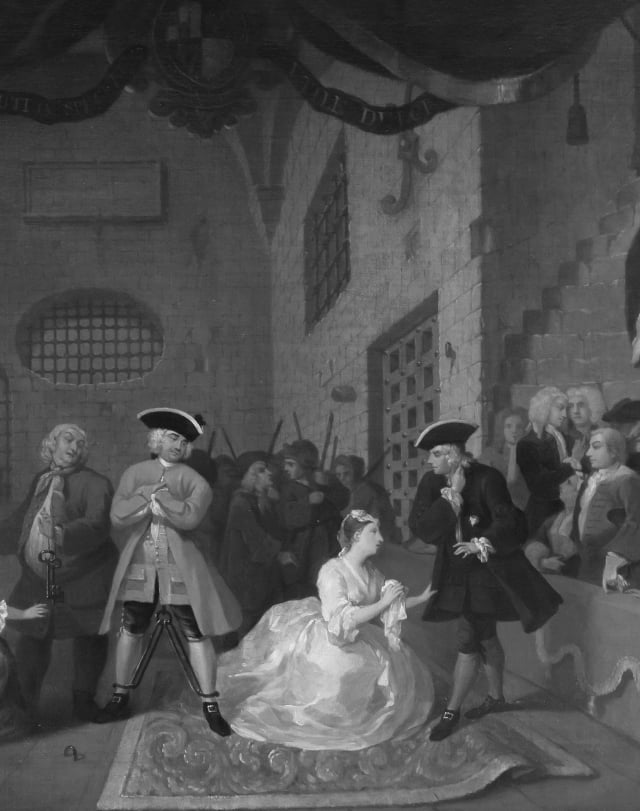
The debut of the satirical Augustan ballad opera The Beggar’s Opera.
1728 saw the debut of the satirical Augustan ballad opera The Beggar’s Opera. Written by John Gay, the work has been called the most popular play of its time and had a hugely successful revival run at the Lyric Theatre in 1920
1728
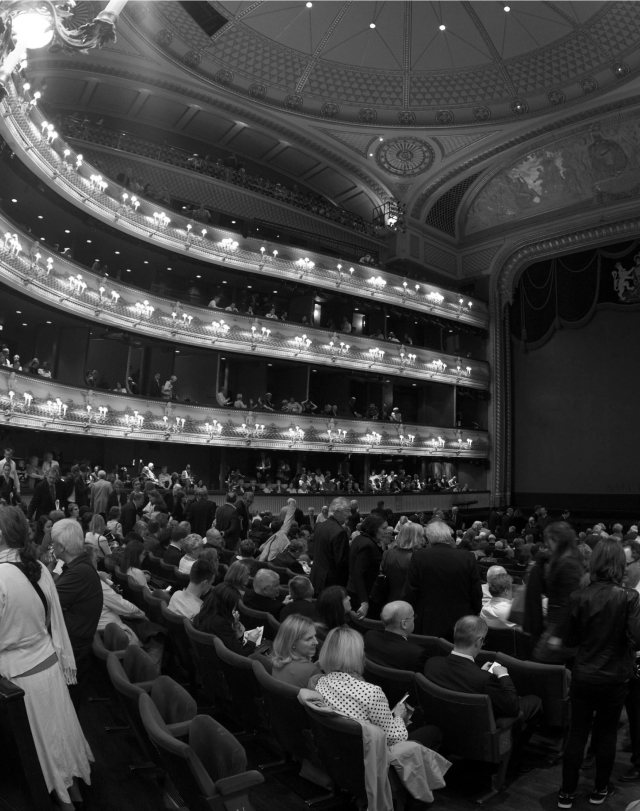
Royal Opera House in Covent Garden was opened to the public.
In 1732, the Royal Opera House in Covent Garden was opened to the public. Five years’ later, Robert Walpole, the de facto Prime Minister, took measures to suppress the political satire he was being subjected to.
1732
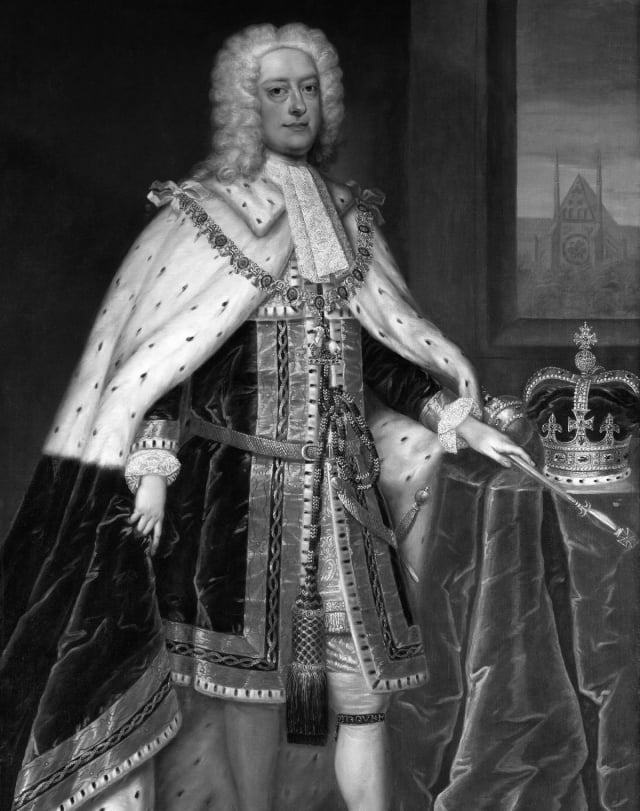
The controversial Golden Rump
The controversial Golden Rump was the alleged play that led to the government passing the 1735 Licensing Act although no copies of the play remain and its existence is disputed.
Regardless, from that date, all theatres and all new and amended plays would require approval from the Lord Chamberlain. Only the Theatre Royal, Covent Garden (now the Royal Opera House) and Theatre Royal, Drury Lane were exempt, being under the patronage of the King (George II).
1735
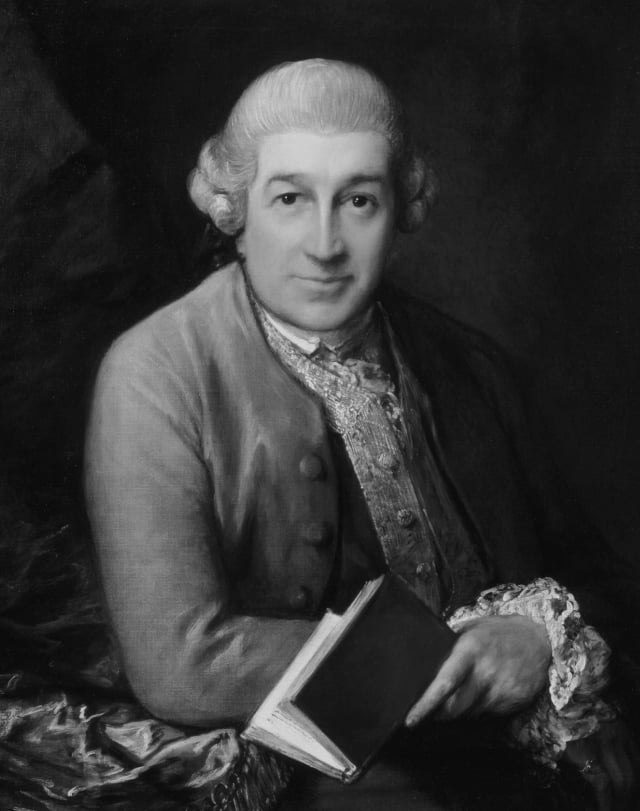
Charles Fleetwood brought actor and playwright David Garrick
Charles Fleetwood brought actor and playwright David Garrick to the Theatre Royal, Drury Lane in 1742, impressed by his portrayal of characters such as Richard III. Garrick was manager of the theatre within five years and stayed there for over 30 years, completely transforming the style of plays presented there. Out went declamation, the dramatic ‘theatrical’ form of expression, replaced by a more relaxed, realistic acting style.
1742
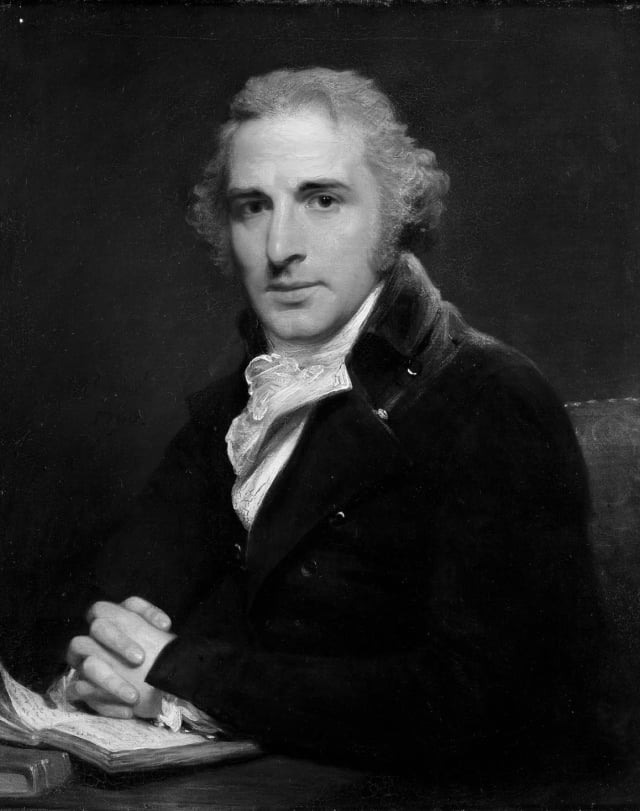
John Philip Kemble brought declamation back to the Theatre Royal
In 1783, John Philip Kemble brought declamation back to the Theatre Royal, Drury Lane and the West End with his debut as Hamlet. His sister, Sarah Siddons was already famous for her ability to play tragic characters such as Lady Macbeth.
There was almost a very real tragedy when King George survived an assassination attempt at the theatre in 1800.
1783
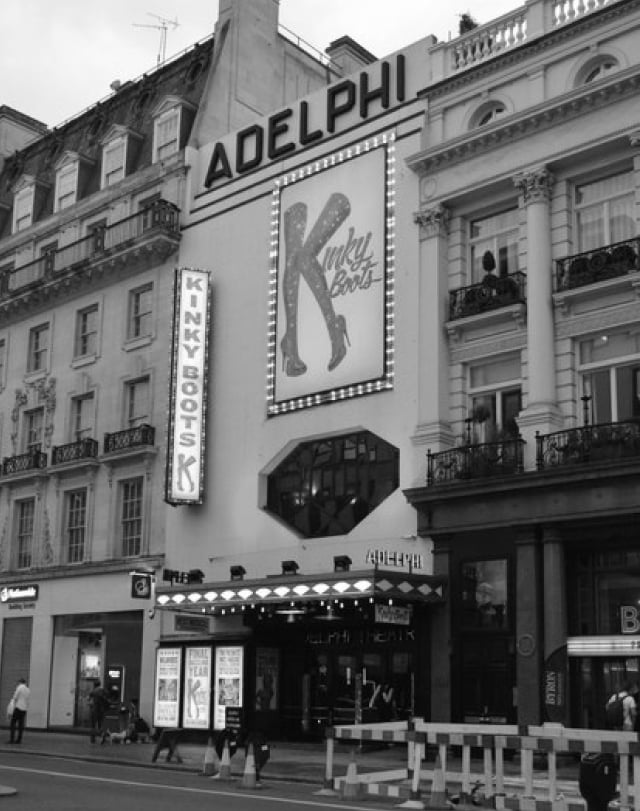
Melodrama and burlesque became the most popular forms of theatre
Outside of the patent theatres, melodrama and burlesque became the most popular forms of theatre in the early 19th Century, partly because they were not ‘legit’ plays subject to the Licensing Act. One of the centres for this form of theatre was the Sans Pareil Theatre which opened in 1806 on The Strand; this venue is now the West End’s Adelphi Theatre.
1806
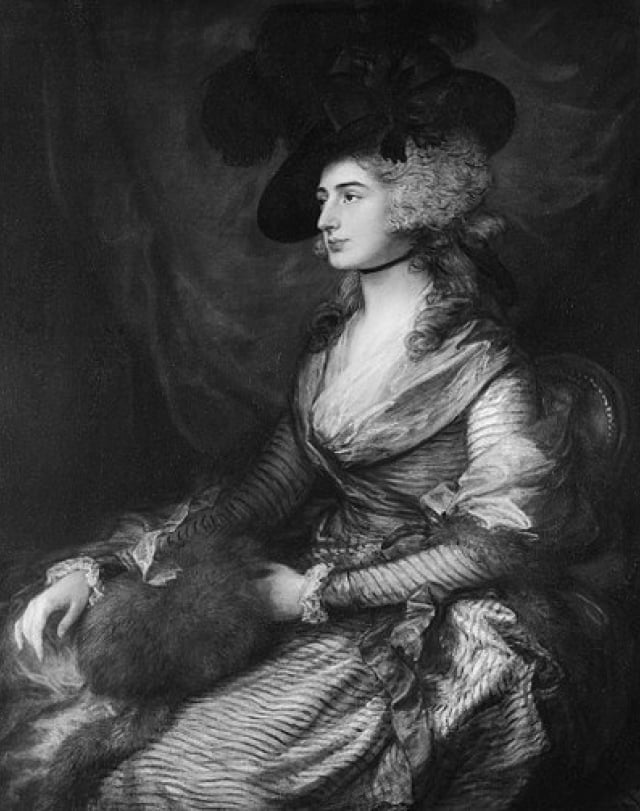
Kemble and Siddons left the theatre and moved over to the Theatre Royal
Kemble and Siddons left the theatre and moved over to the Theatre Royal, Covent Garden. When this theatre had to be rebuilt after burning down in September 1808, Kemble became embroiled in the Old Price Riots where customers protested against price rises and the introduction of private boxes.
1808
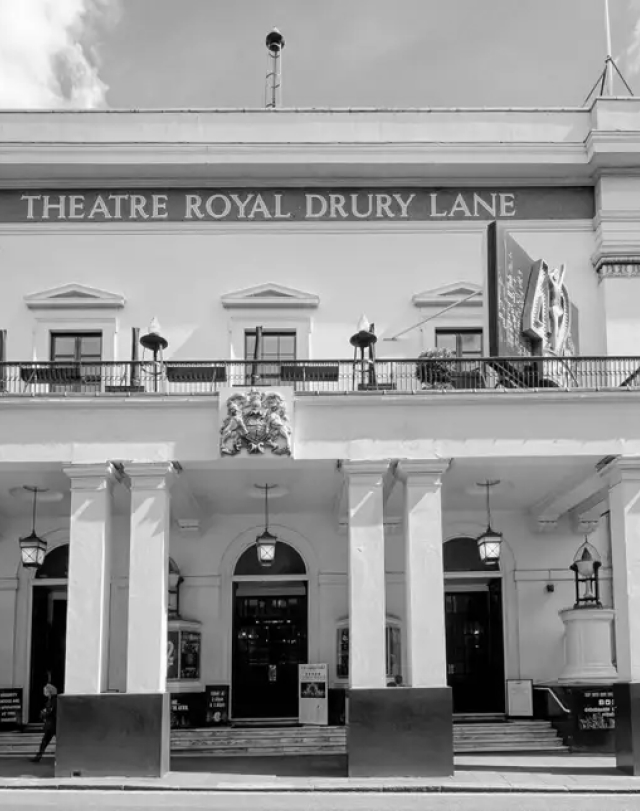
The Drury Lane Company moved their performances
In February 1809, it was the Theatre Royal, Drury Lane’s turn to be burnt down. The Drury Lane Company moved their performances to a theatre on Wellington Street which had previously been refused a patent. The license was finally granted and the venue was to eventually become the Lyceum Theatre.
1809
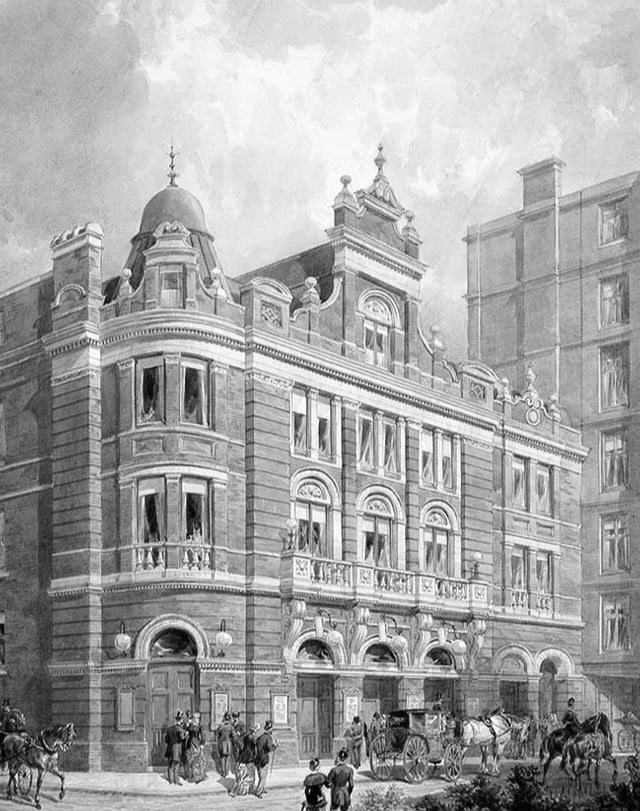
With demand for plays exceeding supply, the Act was eventually dropped
With demand for plays exceeding supply, the Act was eventually dropped in 1843 and new West End theatres began to spring up including the Vaudeville on The Strand (1870), the Criterion at Piccadilly Circus (1874) and the Savoy Theatre (1881) also on The Strand. The Savoy was built to showcase Gilbert and Sullivan’s comedy operas and was completely lit by electric lights.
1843-1884
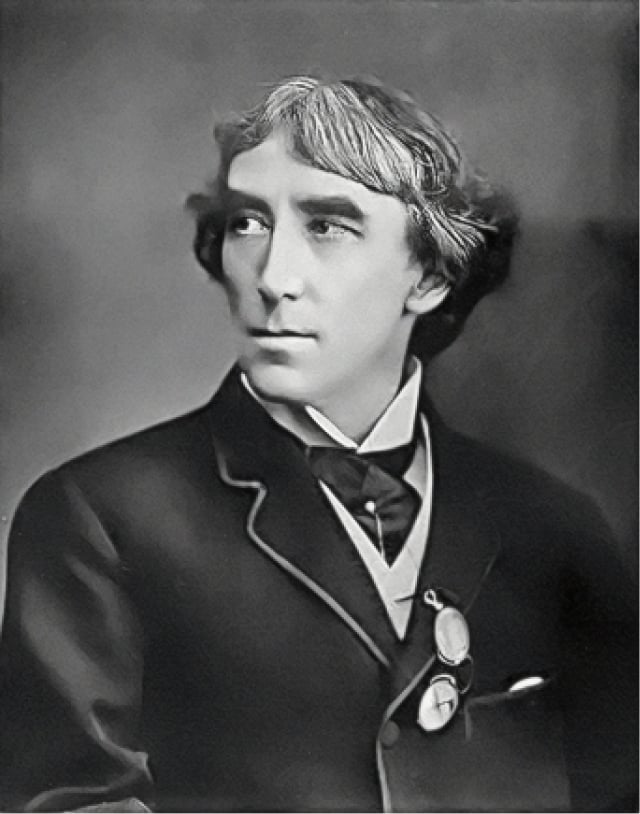
Other West End theatres opening their doors
Other West End theatres opening their doors at this time were the Lyric Theatre and Garrick Theatre both in 1889.
Around this time, there was a movement towards more historically accurate performances, driven by an increase in the popularity of theatre among the middle classes. This extended to stage sets and clothing. During this period, the actor-manager Henry Irving emerged, eventually taking over the running of the Lyceum Theatre with his wife and accomplished actor Ellen Terry. Adored by the public, Irving became the first actor to receive a knighthood.
1889
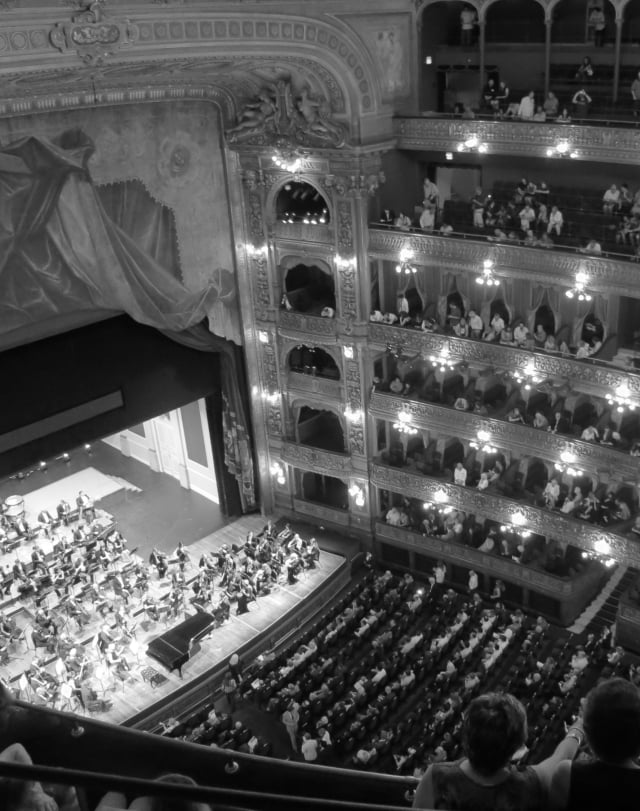
Emerging interest in social issues and experimental theatre.
As theatre moved into a new century, there was an emerging interest in social issues and experimental theatre. The foundation of the Incorporated Stage Society in 1899 indicated a rejection of the commercialism of the West End.
1899
British Theatre in the early
20th Century
Suffrage and Subversion
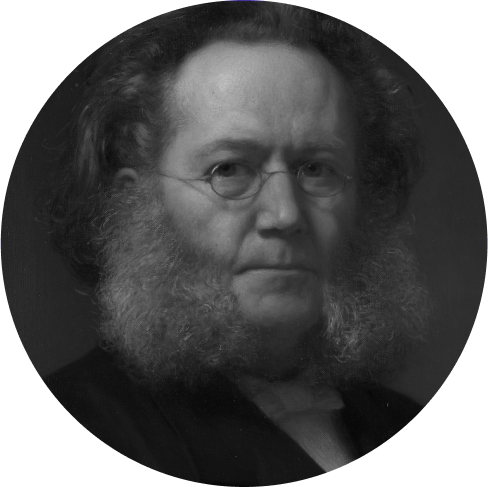
1900
The historical dramas with elaborate stage machinery
The historical dramas of the late 19th Century with their elaborate stage machinery gave way to more simple, abstract settings in the early 1900s. Playwrights increasingly wanted to dramatise modern social and moral issues, influenced by the likes of Norwegian playwright Henrik Ibsen – the father of realism – and the Russian short story writer Anton Chekhov.
Ibsen’s plays had an impact on the well-known Irish theatre critic and developing playwright George Bernard Shaw. After decades of struggle, Shaw found a home for his plays at the New Court Theatre in Sloane Square which was managed at the time by Harley Granville-Barker and John Eugene Vedrenne.
The early 1900s saw the beginning of the repertory movement with plays enjoying shorter unbroken runs of a few weeks each. The first such repertory theatre in the UK was the Gaiety Theatre in Manchester which also led to the formation of the Manchester School of Playwrights.
1907
The Queen’s Theatre opened on Shaftesbury Avenue
The Queen’s Theatre opened in 1907 on Shaftesbury Avenue. This would be renamed The Sondheim Theatre in 2019 to honour the composer Stephen Sondheim.
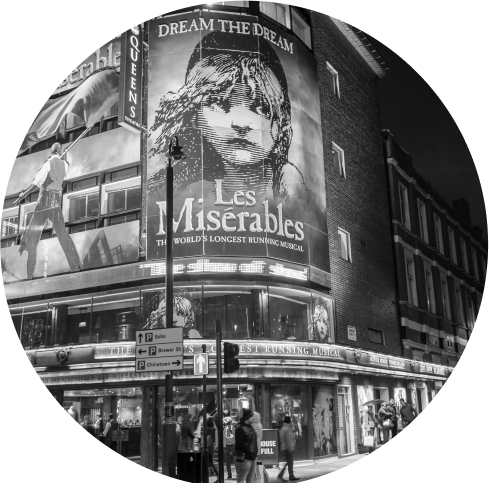
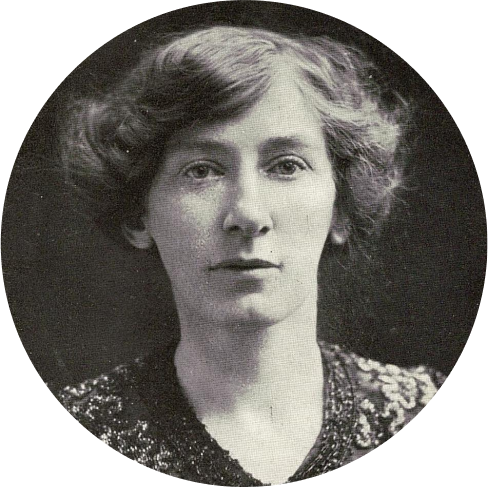
1908
The Actresses’ Franchise League was established
In 1908, the Actresses’ Franchise League was established to support the women’s suffrage movement. One of its most prominent members, Cicely Hamilton, wrote the plays Diana of Dobson’s and How the Vote was Won, performed in 1908 and 1909 respectively.
1911
Formation of Pioneer Players
To avoid censorship, many of these controversial plays were performed at private clubs which charged members a subscription fee.
In 1911, Ellen Terry’s daughter Emily Craig, formed the Pioneer Players, a socially progressive theatre society which performed previously banned plays and brought topics such as feminism, suffrage and social humanism into the mainstream.
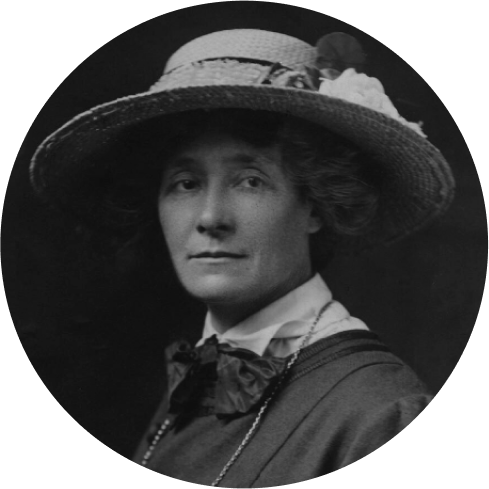
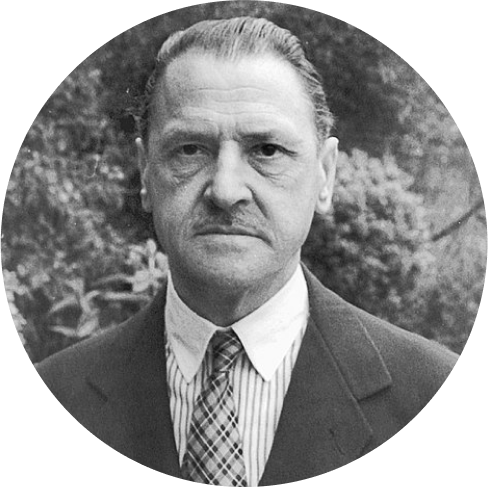
1920
The West End theatres were putting on plays
Through the 1920s, the West End theatres were putting on plays by the likes of Somerset Maughum, George Bernard Shaw and J.B. Priestley. Shakespeare had all but faded out of fashion, banished to Lilian Baylis’ Old Vic and the repertory theatres.
1926
The declaration of World War I
The declaration of World War I brought an end to the expansion of the West End and the between war period saw a focus on grassroots theatres, many with a socialist bent and an agitprop style. In 1926, the Workers’ Theatre Movement (WTM) was born and took their political messages out into the streets, performing songs and sketches for the masses
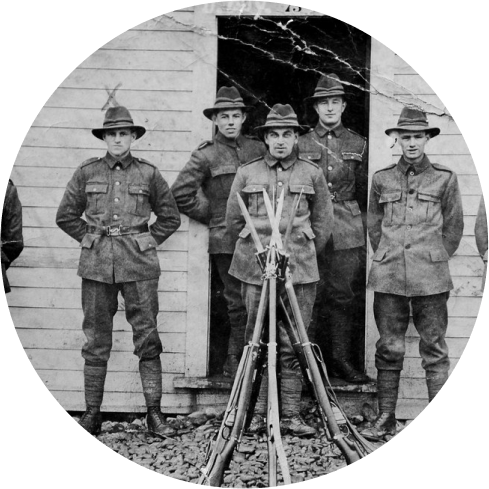
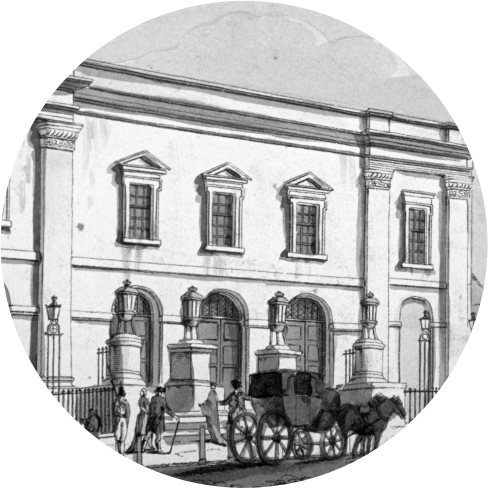
1927
Another West End theatre opened its doors
In 1927, another West End theatre opened its doors but only to private members. The Arts Theatre, based in Westminster, was one of a number of theatres which took risks in putting on independent, experimental performances.
1930
A wave of flamboyant plays and musicals
The reflective spell that had settled on the West End was shaken off in the 1930s by a wave of flamboyant plays and musicals with Noel Coward and Ivor Novello leading the way. Despite the Great Depression, commercial theatre in the West End was thriving again.
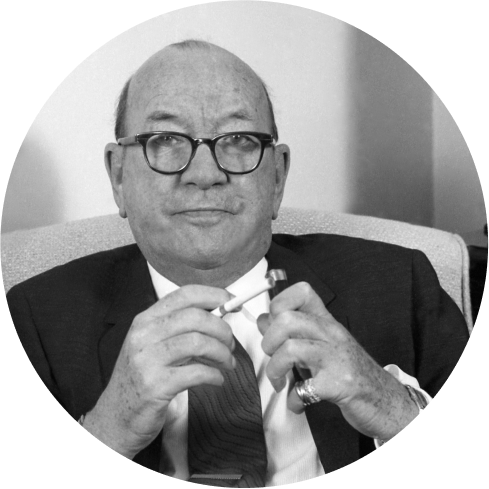
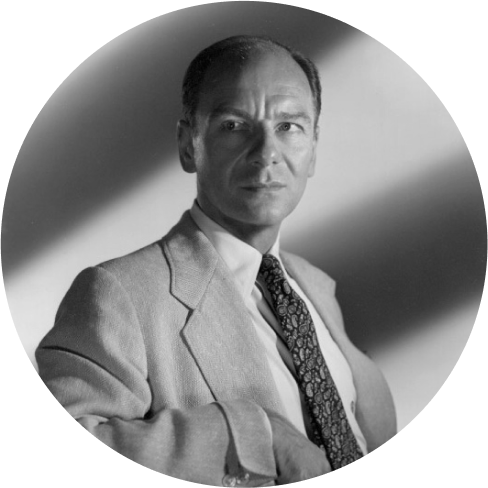
1937
John Gielgud brought the Bard back
Despite the Great Depression, commercial theatre in the West End was thriving again. Meanwhile, in 1937, the Shakespearean actor John Gielgud brought the Bard back into the bosom of the West End. He had enjoyed a successful spell in America and, on returning to London, set up his own company and moved from the Old Vic to the Queen’s Theatre.
The Post War Period
How the Arts Council
Transformed British Theatre
Following the Second World War, theatres experienced increased interest from both military personnel and civilians, eager to experience a range of art forms from drama and opera to ballet.
1946
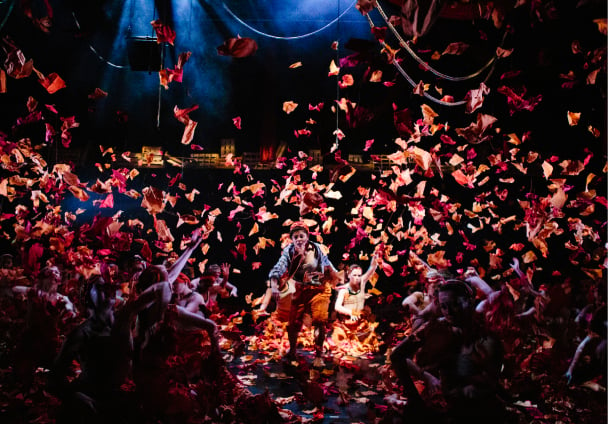

They set up the Arts Council to provide funding for all the arts.
In 1946, the government made a huge contribution to the world of theatre when they set up the Arts Council to provide funding for all the arts. Among the immediate beneficiaries were the Sadler’s Wells Ballet (now The Royal Ballet) and Sadler’s Wells Opera (now English National Opera) which were on the verge of collapse.
This year also saw the establishment of the Royal Opera which was to be based at the Theatre Royal, Covent Garden, now renamed the Royal Opera House (ROH). The Royal Shakespeare Company was also created.
1946 was also the year when J.B. Priestley’s controversial morality play An Inspector Calls opened at the New Theatre (now the Noel Coward Theatre). The three act drama, set over a single evening, deliberately provokes the middle classes.
1952
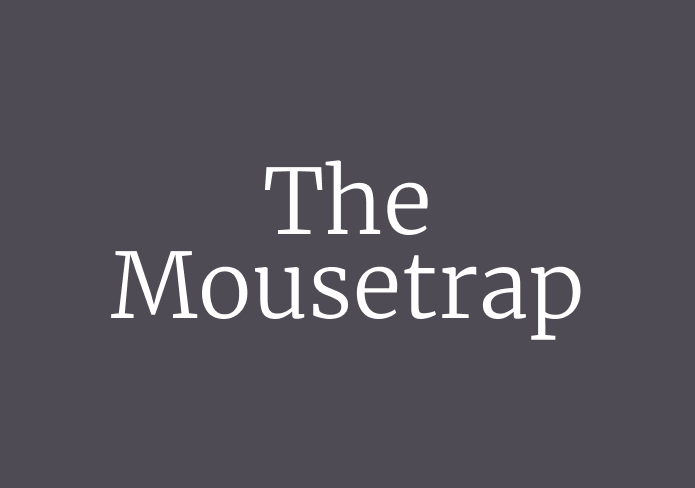
10 million people have now experienced the famous twist ending of The Mousetrap
The West End once more became dominated by the commercial sector with farces and whodunits the order of the day. The longest-running play of all time, Agatha Christie’s The Mousetrap, debuted at The Ambassadors Theatre in 1952; over 10 million people have now experienced the famous twist ending which was traditionally kept secret by the audience until Wikipedia spilled the beans in 2010.
1952 was also when Terence Rattigan’s The Deep Blue Sea was seen for the first time in London.
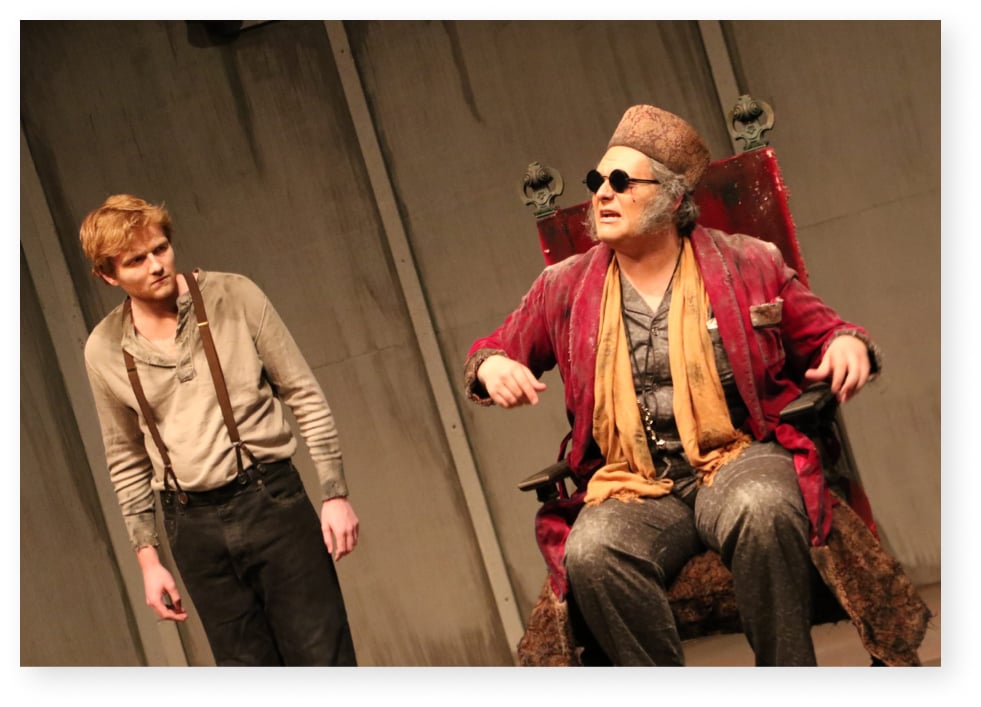
1955
The enigmatic Waiting for Godot, a Samuel Beckett play about two companions waiting for a mysterious third person, made its London debut in 1955 at the Arts Theatre.
1956
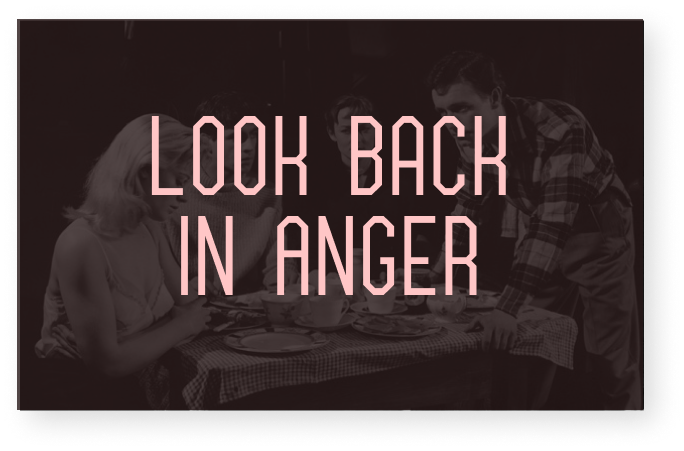
The influence of the West End was starting to wane, affected by the combined impact of television and state funding.
Early post-war audiences were also treated to glamorous productions from the likes of Binkie Beaumont and his H.M.Tennent company. But the influence of the West End was starting to wane, affected by the combined impact of television and state funding with the Arts Council subsidising 40 companies by 1956.
This was also the year when John Osborne‘s Look Back in Anger debuted at George Devine’s newly refurbished Royal Court Theatre, home of the English Stage Company. Osborne and fellow ‘kitchen sink realists’ like Kingsley Amis became referred to in the press as the ‘angry young men.’
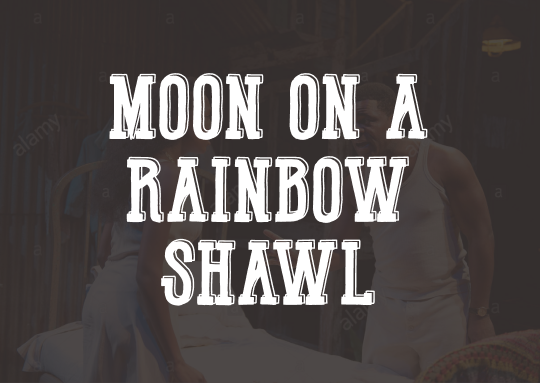
1957
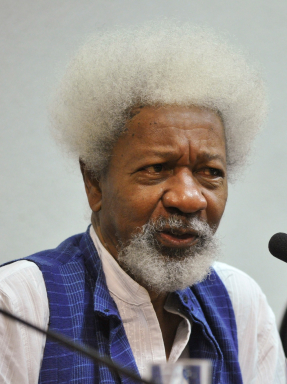
The post-war period was also an important time for black British theatre as migrants from Africa and the Caribbean made their homes on British soil. Trinidadian actor and playwright Errol John saw his groundbreaking play Moon on a Rainbow Shawl make its first appearance at the Royal Court Theatre in 1957. That same year, Nigerian poet and playwright Wole Soyinka also produced his first play for the Royal Court Theatre, The Invention.
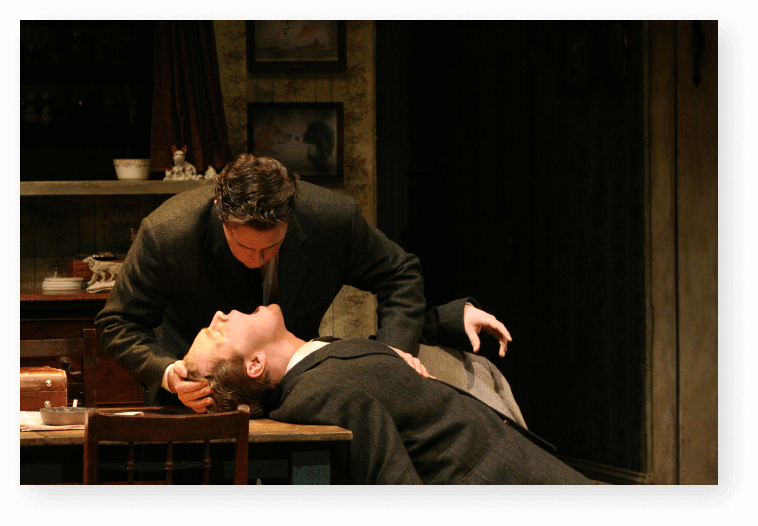
1958
Around the same time, the well known playwright Harold Pinter was making his mark in London. Pinter’s second play, The Birthday Party, debuted at the Lyric Hammersmith in 1958.
1959

Shelagh Delaney cemented her status as Britain's first successful working class female playwright
Women were also active in the kitchen sink style though and when Shelagh Delaney’s debut work, A Taste of Honey, made the West End in 1959 at Wyndham’s theatre, it cemented her status as Britain’s first successful working class female playwright
1960 - 1980
Freedom from Censorship
Heralds a New Dawn
1980 - 2000
The Era of Epic Musicals
By the beginning of the 1980s, the government funding streams were drying up and it was becoming harder for alternative theatre to continue its momentum. Some new theatre companies were founded with Arts Council support including the Theatre de Complicite in 1983.
This company is known for using a powerful combination of technology, choreography and surrealism with The Street of Crocodiles (1992) one of its most well-known productions.
1983
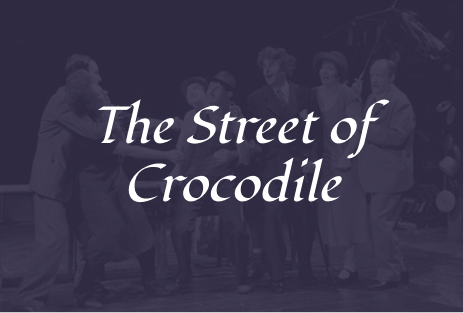
Commercial theatre had begun to take off again in the West End and two of the biggest musicals in the history of Theatreland made their British debuts within a year of each other.
In 1985, Cameron Mackintosh produced the first English translation of Les Miserables. Directed by Trevor Nunn and John Caird and with lyrics by Herbert Kretzmer, Les Miserables opened at the Barbican Centre before transferring to the West End’s Palace Theatre. Now at the Sondheim Theatre, the musical has been performed nearly 14,000 times and is the longest-running musical on the West End.
A year later, Andrew Lloyd Webber’s The Phantom of the Opera made its West End debut at Her Majesty’s Theatre where it remains to this day. It is only a handful of performances behind Les Miserables making it the third longest running West End show of all time. 1986 was also the year when the Society of London Theatre (SOLT) started collecting audience data.
1986
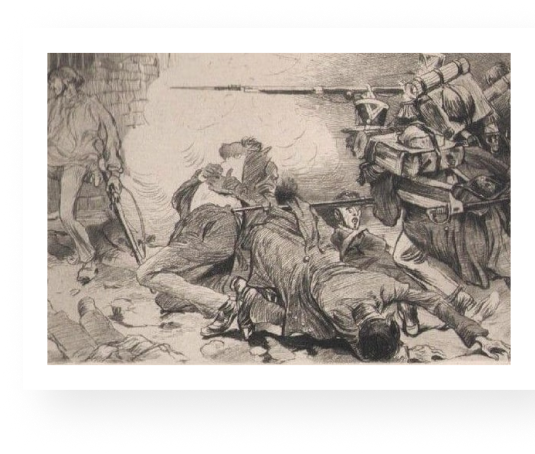
1990
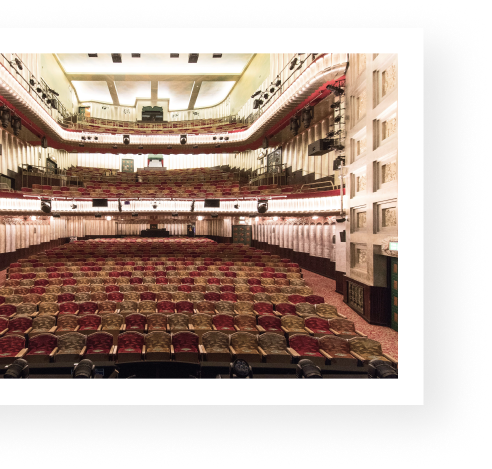
The 1990s saw a new attempt to engage audiences emerge in the form of In-yer-face theatre. Plays in this style were inevitably rude, shocking and aggressive with Sarah Kane, Anthony Neilson and Mark Ravenhill three of the genre’s most prominent playwrights.
In 1990, the Savoy Theatre burnt down and it took three years for the building to be rebuilt.
2020
A Cruel End to
a British Boom?
Since the turn of the century, British Theatre has expanded in many different ways. On the one hand, it has become more experimental than ever with new social and political questions being asked and the nature of performance and presentation itself being questioned.
For example, Blast Theory, an artists’ group formed in 1991, commissioned the interactive Can you See me Now? experience in 2001. The production blurs the boundaries between performance art and video games with players interacting with each other and the creators in a game of chase played across virtual and physical spaces.
In 2000, the Punchdrunk theatre company was formed, giving its audience the choice of where to go and what to do. For example, they can follow the artistes as they perform or explore the sets as art installations.
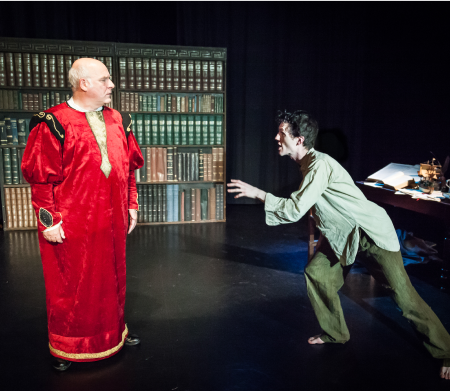
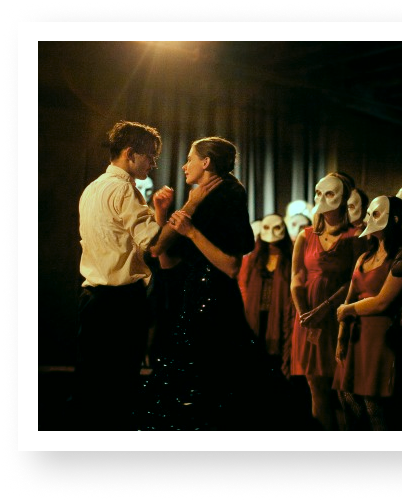
On the other hand, the West End has been breaking commercial record after commercial record. 2018 saw record viewing and revenue figures with 15.5 million theatregoers raising £765 million. A year later, revenue was up again at £799 million although attendances were slightly down.
£765
million
in 2018
£799
million
in 2019
Then, as we all know, the coronavirus pandemic struck and the West End went dark on 16th March 2020, closing the book on a very positive run of commercial and innovative successes. When the UK lockdown eventually ends, a brand new chapter will begin in a story that has been over 1000 years in the making.
Notable British
Plays and Musicals
Finally, we summarise some of the key productions which have shaped British Theatre from the late 16th Century to the current day.
1590-1591
Henry VI Part II William Shakespeare
Believed to be the first Shakespeare play ever performed although there is no surviving evidence of when it opened.
1611
Oberon, the Faery Prince Ben Jonson
An extravagant masque performed for the Stuart court. It included new set design elements including side-wings and shutters and may even have featured two real polar bears!
1656
The Siege of Rhodes William D’Avenant
The first ever opera performed in Britain. It took place at the private residence of D’Avenant because the Puritans had shut down all theatres.
1660
Othello William Shakespeare
Margaret Hughes’ became the first female to perform on the English stage, playing Desdemona.
1718
A Bold Stroke for a Wife Susanna Centlivre
A successful and irreverent satire that poked fun at marriage, fashion, capitalism and even religion.
1728
The Beggar’s Opera John Gay
Possibly the most popular play of the 18th Century, this three-act satirical Augustan ballad opera was Gay’s finest success.
1737
The Golden RumpAnonymous
Whether this play was even written is disputed but it was used by Robert Walpole to justify the passing of the Theatrical Licensing Act. The novelist and Walpole critic Henry Fielding is the suspected author.
1899
You Never Can Tell George Bernard Shaw
Despite attempts to shut the play down, the Royalty Theatre challenged the Theatrical Licensing Act by defining itself as a private club charging a subscription. They won the fight to give Shaw a one up over the censors.
1908
Diana of Dobson’s Cicely Hamilton
A romantic comedy which also promoted the feminist agenda by criticising aspects of patriarchal society including women’s working conditions and sexual double standards.
1920
R.U.R Karel Capek
An influential dystopia and social commentary set in a future world where robots replace the working classes.
1924
The Vortex Noel Coward
A hugely successful and controversial work, criticising the upper classes and dealing with taboos such as sex and drug abuse.
1930
The Intimate Revue
Earned the record of shortest ever West End run. The play was so poorly rehearsed and had such long scene changes that scenes had to be cut out. The troupe were laughed off the stage after half a performance at the Duchess.
1946
An Inspector Calls J.B. Priestley
A three-act play considered a 20th Century classic. Seen as an expression of Priestley’s socialist values and an attack on the hypocritical upper classes.
1952
The Mousetrap Agatha Christie
The longest running West End show by some distance with 28,000 viewings. The audience are traditionally told to keep the details about the play’s unexpected ending secret.
1956
Look Back in Anger John Osborne
The most well-known of the realist ‘kitchen sink dramas’ written by the ‘angry young men’ movement.
1985
Les Miserables Victor Hugo
The longest running West End musical having been performed nearly 14,000 times since its 1985 debut. After spells at the Palace and Gielgud Theatres, it moved to the Sondheim Theatre in 2020.
1986
The Phantom of the Opera Andrew Lloyd Webber
A phenomenally successful entertainment event, Phantom is not only the second longest running musical on the West End but also Broadway’s longest running show.
1995
Blasted Sarah Kane
A vulgar play in the 1990s ‘In-yer-face’ style. Blasted depicts taboos such as cannibalism, rape and torture.
2004
The History Boys Alan Bennett
A popular and multiple award-winning play set in the north of England, the History Boys has been successful on both sides of the Atlantic.
2013
The Curious Incident of the Dog in the Night-Time Karel Capek
The multiple award-winning play, written from the perspective a boy with an autism spectrum disorder, was being performed when part of the Apollo Theatre’s ceiling collapsed in December 2013.
Key Questions
- When did British theatre begin?
- When was Shakespeare born?
- What was the first ever Royal Patent?
- How did the Restoration affect British Theatre?
- What is the oldest theatre in London?
- Whe did the The Beggars Opera debut?
- How did Sufferage affect British theatre?
- How did WWI effect British theatre?
- How did WWII effect British theatre?
- When did the Arts Theatre open?
- When was the Royal Opera established
- What is the longest running play of all time?
- When did Waiting for Godot debut?
- How did African and Caribbean Migration influence British Theatre?
- Who is Britain’s first successful working class female playwright?
- What is the longest running musical on the West End?
- When did Phatom of the Opera make its West End debut?
- What year did the Savoy Theatre burn down?
- How much money did the West End make in 2019?
Home Theater Seating
- The Theater Seating Store
- Movie Theater Furniture For Homes
- Men Cave Furniture
- Real Leather Theater Seating
- Theatreseatstore
- Stadium Recliner Seats
- How Much Are Theater Chairs
- How Wide Are Theater Type Chairs
- Recliner Sofa For Home Theatre
- Buy Commercial Theater Seating
- Premium Theater Seating
- Medium Sectional Sofa
- Quick Ship Home Theater Seating
- Leather Recliner Chair On Sale
- Luxury Media Room Reclining Chairs
- Chairs Movie
Brands & Features
- Usb Chair
- Light Up Recliners
- Leather Recliners With Storage
- Tier Home Theater Seating
- Red Chair
- Flex Hr Series
- Black And Red Leather Seats
- Oct Theater Seating
- Theater Chairs Patterened
- Recliners With Features
- Audience Risers For Sale
- Most Preferred Massage Sofas
- White Leather Modern Sofas
- Octane Xl 700
- Home Theater Seating And Accessories
Top Pages
- Recliners For Tall People That Go Against The Wall
- Recommended Recliners
- Italian Leather Recliners
- Power Theater Recliner
- Recliners For Heavy Weight
- Extra Long Recliner
- Compact Leather Recliner
- 2 Connected Recliners
- Individual Recliner Chairs
- Lumbar Chair
- Home Cinema Seating Furniture
- Large Sectional Sofas For Sale
- Leather Modern Couch
- Black Recliner Chairs
- Native Resolution Meaning

